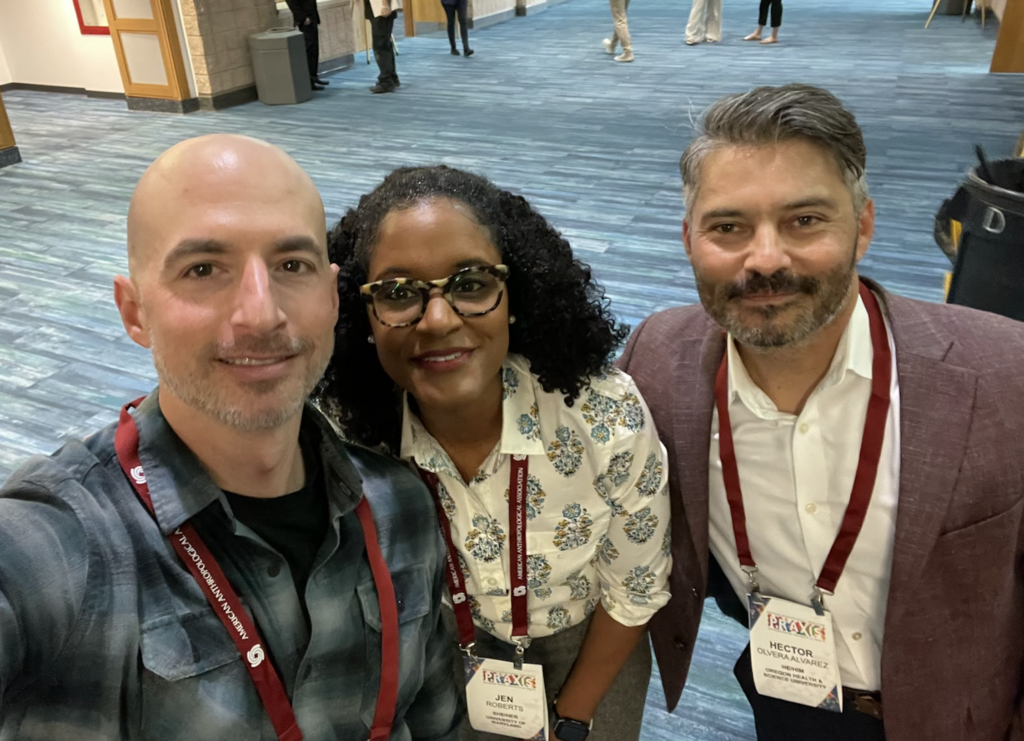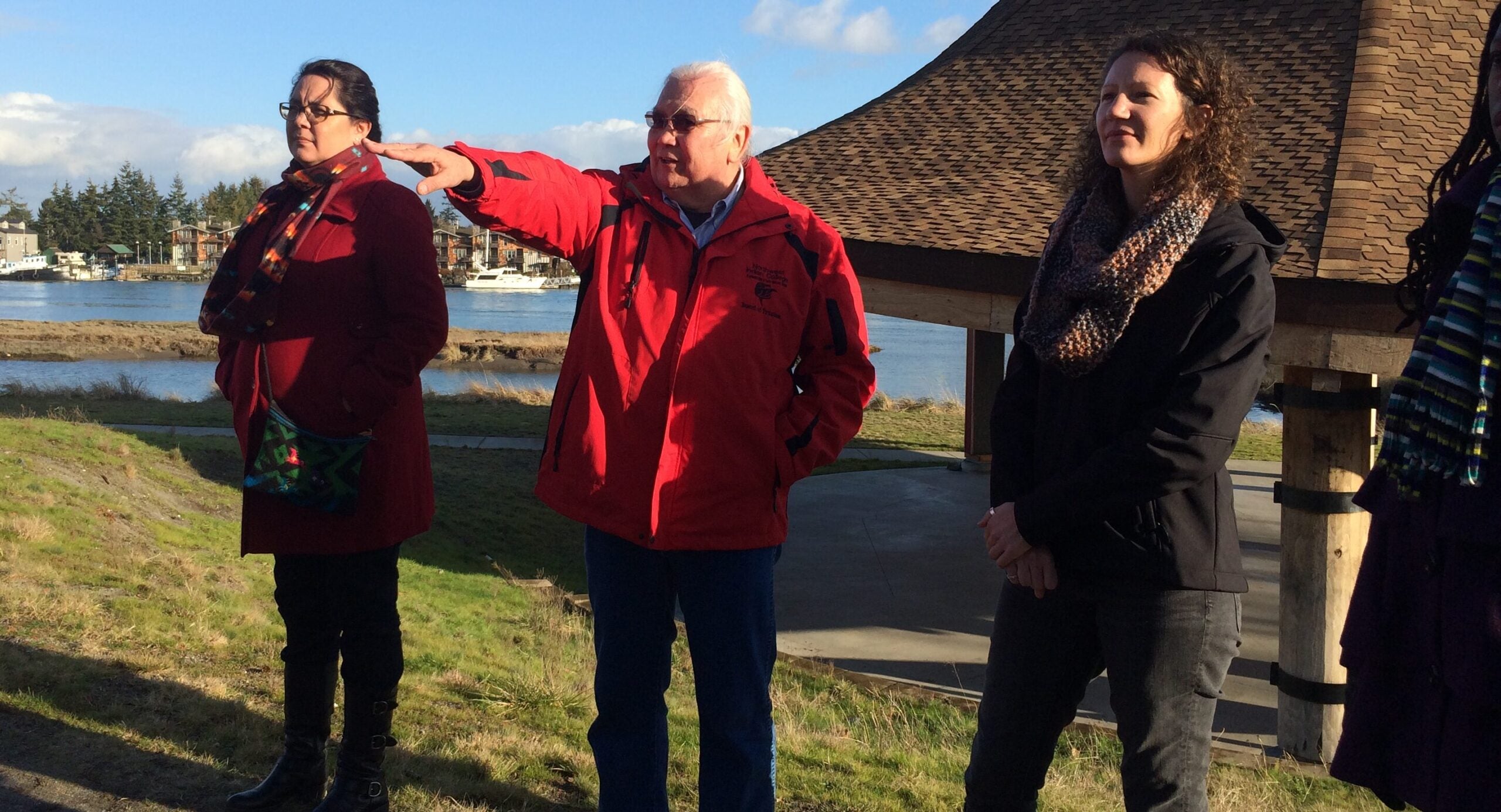The JPB Environmental Health Fellowship Program
A new generation of compassionate research scholars committed to solving complex environmental health challenges from multiple perspectives
Department of Environmental Health
401 Park Drive, 4th Floor WEST, 404N
Boston, MA 02215

The JPB Environmental Health Fellowship Program
Established in 2014, The JPB Environmental Health Fellowship was developed in response to the urgent need for a new interdisciplinary group of young environmental health leaders. The Fellowship aims to advance the careers of junior faculty from institutions across the U.S. whose research examines the influence of both the social and environmental determinants of health in under-resourced communities. Unique to the program is the inclusion of senior research scientists who are engaged in research, policy and practice at various federal agencies. This shared partnership among academic and agency Fellows serves as a catalyst for innovative research that responds to the health challenges in the communities they serve.
The Fellowship By The Numbers
44
The program has supported three cohorts, comprising 35 Academic Fellows and 9 Federal Agency Fellows. Our 44 Fellows span diverse fields such as Epidemiology, Urban Planning, Engineering, Anthropology, and Environmental Economics
29
Twenty-nine workshops and 18 environmental justice site visits have been organized, offering Fellows unique opportunities to gain firsthand insights into diverse environmental health challenges and explore various research areas
3
Policy Influence is significant as three Fellows were selected by the Biden Administration to work on the Justice 40 Initiative, applying equity and justice measures to policy decisions and investments
50+
The Fellows have undertaken more than 50 research projects supported by JPB funds, and have conducted research on relevant topics to under-resourced communities
+120
Fellows’ projects have resulted in 120+ peer-reviewed publications, with Fellows supporting over than 160 students in their research
+100
Collaborations among Fellows have led to new approaches and solutions explored in classrooms, conferences, and research publications






